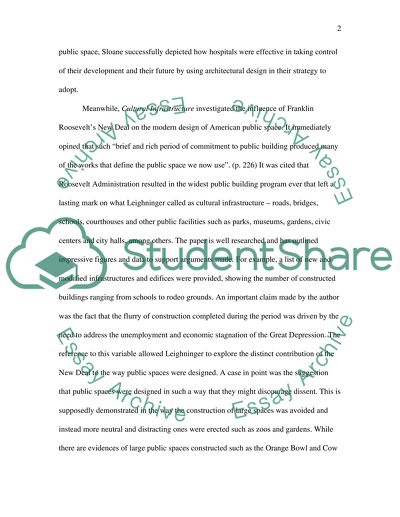Cite this document
(“How Architecture Transformed the Objectives of Edifices Essay”, n.d.)
Retrieved from https://studentshare.org/education/1408145-analytical-essay-comparing-the-three-readings
Retrieved from https://studentshare.org/education/1408145-analytical-essay-comparing-the-three-readings
(How Architecture Transformed the Objectives of Edifices Essay)
https://studentshare.org/education/1408145-analytical-essay-comparing-the-three-readings.
https://studentshare.org/education/1408145-analytical-essay-comparing-the-three-readings.
“How Architecture Transformed the Objectives of Edifices Essay”, n.d. https://studentshare.org/education/1408145-analytical-essay-comparing-the-three-readings.


